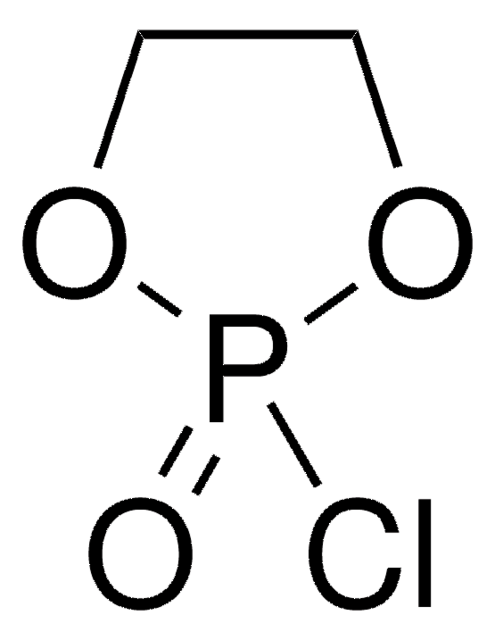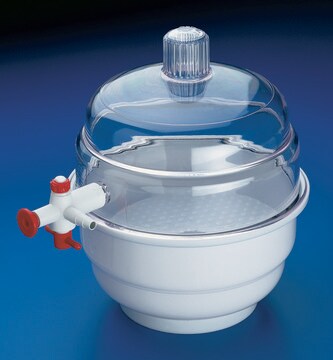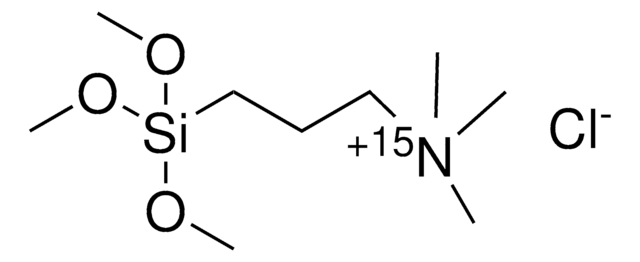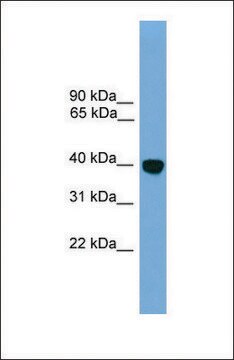939625
Ethyl ethylene phospholane monomer

Synonym(s):
2-Ethoxy-1,3,2-dioxaphospholane 2-oxide, Ethyl ethylene phophate
Sign Into View Organizational & Contract Pricing
All Photos(1)
About This Item
Empirical Formula (Hill Notation):
C4H9O4P
CAS Number:
Molecular Weight:
152.09
MDL number:
UNSPSC Code:
12162002
Recommended Products
form
liquid
Quality Level
color
colorless
storage temp.
−20°C
SMILES string
O=P1(OCCO1)OCC
InChI
1S/C4H9O4P/c1-2-6-9(5)7-3-4-8-9/h2-4H2,1H3
General description
Ethyl ethylene phospholane is a versatile monomer building block for the synthesis of biocompatible and biodegradable polymers. Ring opening polymerization (ROP) of this phospholane monomer in the presence of metal/organocatalysts yields poly(phosphoester)s (PPE) that are commonly used in biomedical research applications.
Application
Ethyl ethylene phospholane, also known as ethyl ethylene phophate or 2-ethoxy-1,3,2-dioxaphospholane 2-oxide, is used in many polymerization applications including:
- Polymer synthesis: This monomer is used as a building block to synthesize biodegradable and biocompatible polyphosphoesters
- Nanocarrier development: Polymers synthesized from the ehtyl ethylene phospholane monomer create efficient nanocarriers for drug delivery and gene therapy, including for use in targeted and controlled release of therapeutics
- Hydrogel fabrication: This monomer can be used to develop polymers for tissue engineering applications, offering scaffods with excellent biocompatibility and potential for cell growth and regeneration
Features and Benefits
Features and benefits of the ethyl ethylene phospholane include:
- Biocompatible and biodegradable: Through ring opening polymerization (ROP) of ethyl ethylene phospholane monomer, it is possible to synthesize polymers used in biomedical applications that are cell compatible and degrade over time
- Thermoresponsive behavior: In aqueous solutions, this monomer exhibits a lower critical solution temperature (LCST), making it responsive to changes in temperature, expanding its potential in controlled release system
- pH-responsive degradation: The resulting polymers can be designed to degrade at specific pH levels, allowing for targeted release of encapsulated substances
- Water soluble: This monomer enables the synthesis of water-soluble polymers, facilitating their incorporation into various aqueous formulations The biomedical research grade ethyl ethylene phospholane monomer opens the door to advanced biomaterials and provides researchers and developers with a powerful tool to create biocompatible and customizable polymers for a range of applications in biomedical research.
related product
Product No.
Description
Pricing
Storage Class Code
10 - Combustible liquids
WGK
WGK 3
Flash Point(F)
Not applicable
Flash Point(C)
Not applicable
Certificates of Analysis (COA)
Search for Certificates of Analysis (COA) by entering the products Lot/Batch Number. Lot and Batch Numbers can be found on a product’s label following the words ‘Lot’ or ‘Batch’.
Already Own This Product?
Find documentation for the products that you have recently purchased in the Document Library.
Our team of scientists has experience in all areas of research including Life Science, Material Science, Chemical Synthesis, Chromatography, Analytical and many others.
Contact Technical Service![N-[2-(2-Hydroxyethoxy)ethyl]methacrylamide contains MEHQ as inhibitor](/deepweb/assets/sigmaaldrich/product/structures/303/296/5f2feb4f-b8ea-4219-b495-50d1f731c523/640/5f2feb4f-b8ea-4219-b495-50d1f731c523.png)








